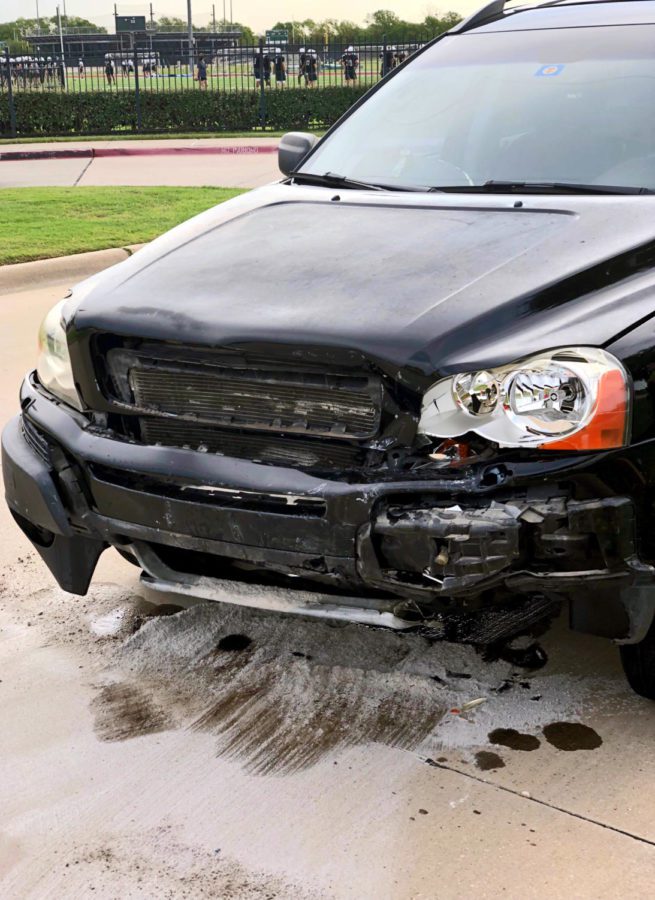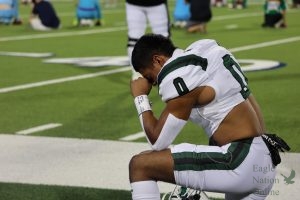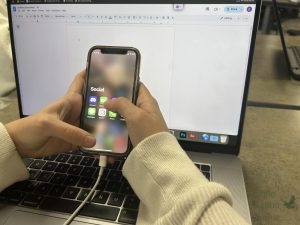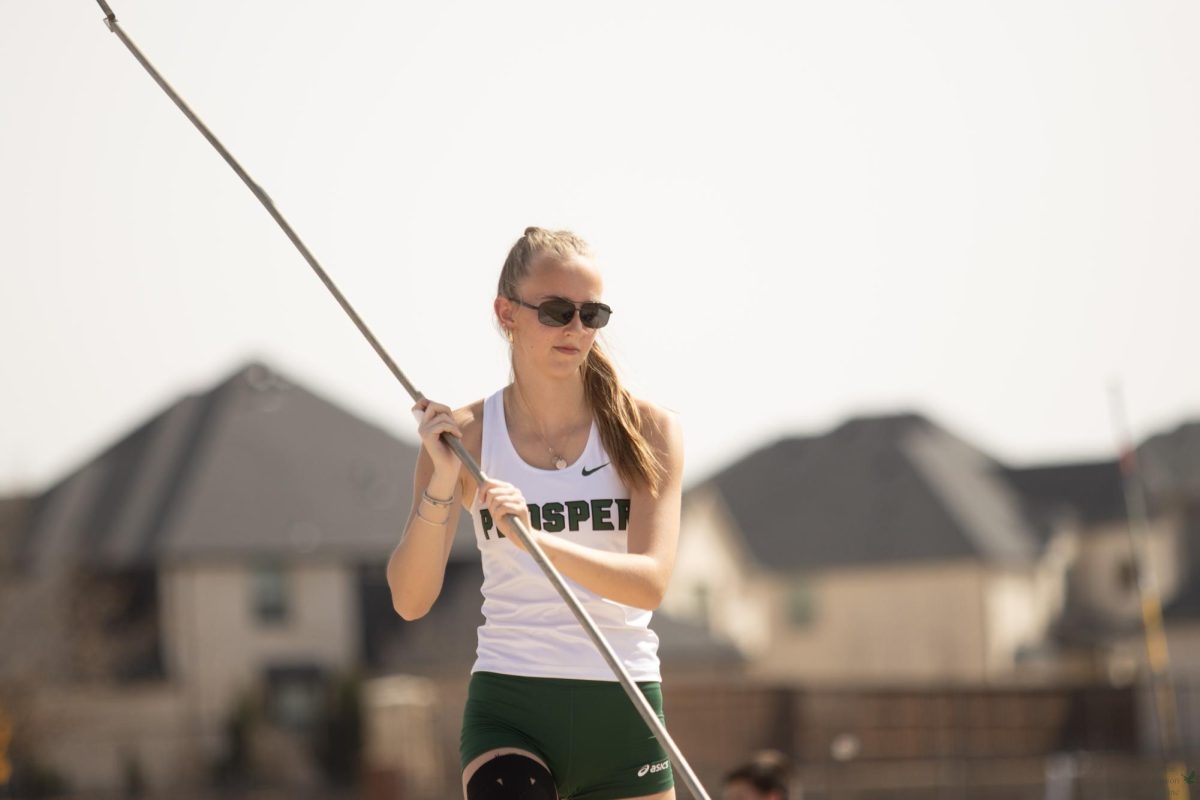Students – Take time for 3
Think, Slow Down, Put phone down
This student vehicle sustained damage during an accident that occurred occurred between Coleman and Parking Lot B on the morning of Aug. 15. Editorial Writer Haley Stack encourages students to take action that could prevent accidents like the one this vehicle suffered. “Most of those accidents could – and should – be prevented,” Stack said. “Students need to be more aware of other drivers as well as the laws.”
August 29, 2018
Drivers’ education instructors, parents and just about all adults often tell students to slow down and follow all the signs and laws of the road, but accidents still happen.
Yet, most of those accidents could – and should – be prevented. Students need to be more aware of other drivers as well as the laws. As a matter of fact, three key actions could save both lives and money.
1. Think.
Common accidents caused by reckless teenage drivers are fender benders. If students would stop and take more time to think about what they’re doing when they’re driving maybe these accidents would not be as common.
Teenage drivers love to say, “It was just a fender bender. No big deal,” and pass it off like nothing happened. Something happened. Someone has to pay for the damages caused and someone’s insurance is going to be raised.
“In the United States as a whole,” according to safedrivingsystems.com, “the average insurance increase from a fender bender is about 41 percent.”
The dollars represented by that percentage clearly are a “big deal.” Even if no one receives serious injuries, someone still will experience financial hardship. Drivers also may experience more consequences for having an accident on their record, including having a hard time getting car insurance in the future.
Dosomething.org reports that in the United States one in five teenagers will have an accident within their first year of driving. So, think before you drive.
2. Slow Down.
Everyone seems to have a justification for their speeding. Sometimes they are running late, or they had a bad day. Regardless of what the excuse is, excessive speeding needs to stop. It’s better to arrive late than never arrive at all.
Each mile per hour a teenager goes over the speed limit will increase their likelihood to crash, according to dosomething.org.
Is getting into an accident just to make it on time to work really worth it?
When someone is so focused on getting where they need to be, they stop paying attention to others on the road right where they are.
3. Put the Phone Down.
One thing almost everyone brings into cars with them is a cell phone.
Cellphones are for directions or so students can play music while driving. This practice is all fine and good until they start allowing their phone to distract them from the road. Or worse, they begin texting during driving.
According to the Texas Department of Transportation, if someone is under the age of 18, it is illegal for them to use a cell phone – or any wireless communication device – while driving – no matter how they are using it.
People always say, “don’t text and drive,” and so many teenagers respond with, “I’m not texting.” Perhaps they’re not and maybe they’re just changing the song, but they’re still on their phone, which creates a dangerous situation by the driver being distracted from their primary job – safe driving.
According to a poll conducted by AAA, Seventeen Magazine and the U.S. Department of Transportation, “almost nine in 10 teenage drivers (86 percent) have driven while distracted, even though 84 percent of teen drivers know it’s dangerous.”
Let’s say a teenager is going 60 mph down the highway when they look down and smile at a text they just received from their boyfriend or girlfriend. The driver begins to respond, but the message never finishes when their car crashes into the back of the vehicle in front of them. The glance away from the road took their eyes away from the brake lights that flashed when the vehicle ahead of them needed to stop.
That text message now has landed someone in the hospital. Possibly it was someone on the way to see their first grandchild being born or maybe a family was driving to the zoo with their 5-year-old daughter in the back seat.
When on the road it can’t be known who else is around, but things can be prevented to make sure those people, who were doing nothing wrong, don’t get pulled into someone else’s mistakes.
If students would think about and follow the laws of the road, remember to slow down when necessary, as well as put their phones on do not disturb when they’re behind the wheel, the number of car accidents could decrease dramatically.























